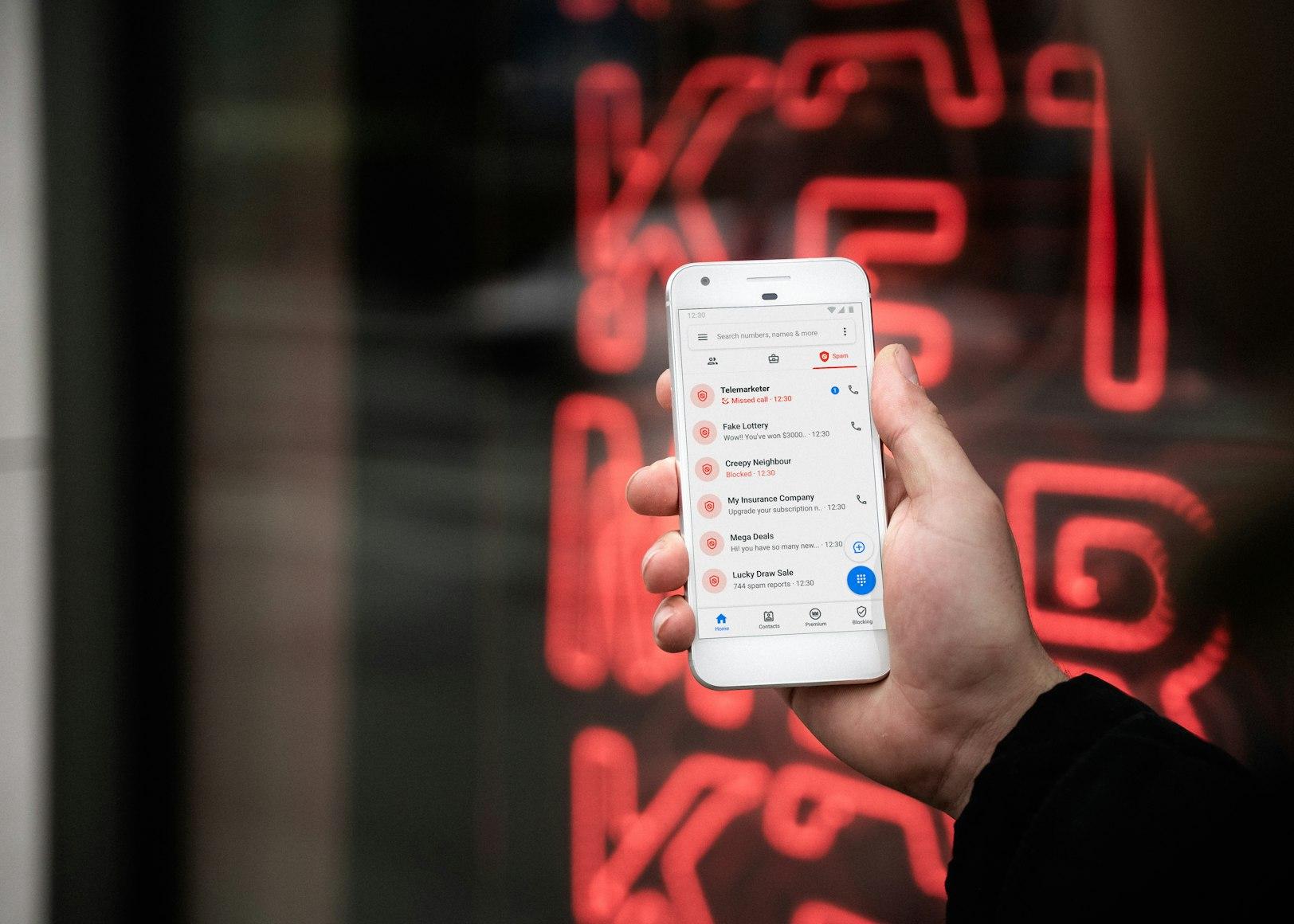How to Avoid Fake Deals and Price Hikes Online
Published in The Bargain Hunters Playbook
Not all discounts are created equal, and some are downright deceptive. Retailers have plenty of tricks up their sleeves to make you think you’re getting a great deal when you’re not. Knowing how to spot these fake deals can save you a lot of money and frustration.
One of the most common tactics is price inflation before a sale. Retailers will sometimes quietly raise the price of an item, only to "discount” it back to its original price during a big sale event. This makes the discount look bigger than it really is. To avoid this trap, use price tracking tools like CamelCamelCamel or Keepa to check the item’s price history. If the price hasn’t actually dropped, it’s not a real deal.
Another red flag is "limited time” offers or countdown timers that try to pressure you into a quick purchase. While some of these are genuine, many are just marketing tricks designed to create a false sense of urgency. Don’t let the ticking clock push you into a purchase you might regret.
Also, be wary of too-good-to-be-true offers on unfamiliar websites. If a deal sounds too good to be true, it probably is. Check for secure payment options, read customer reviews, and avoid sites that don’t clearly list their return policies or contact information.
Finally, watch out for shipping fees. Some retailers will offset their "discounts” by charging excessive shipping costs, effectively canceling out your savings.
By staying alert and doing a little research, you can avoid falling for fake deals and make sure your hard-earned money is truly well spent.






























Comments